Yesterday, March 18th, a prescribed burn was carried out on Devil's Lake State Park's Roznos…
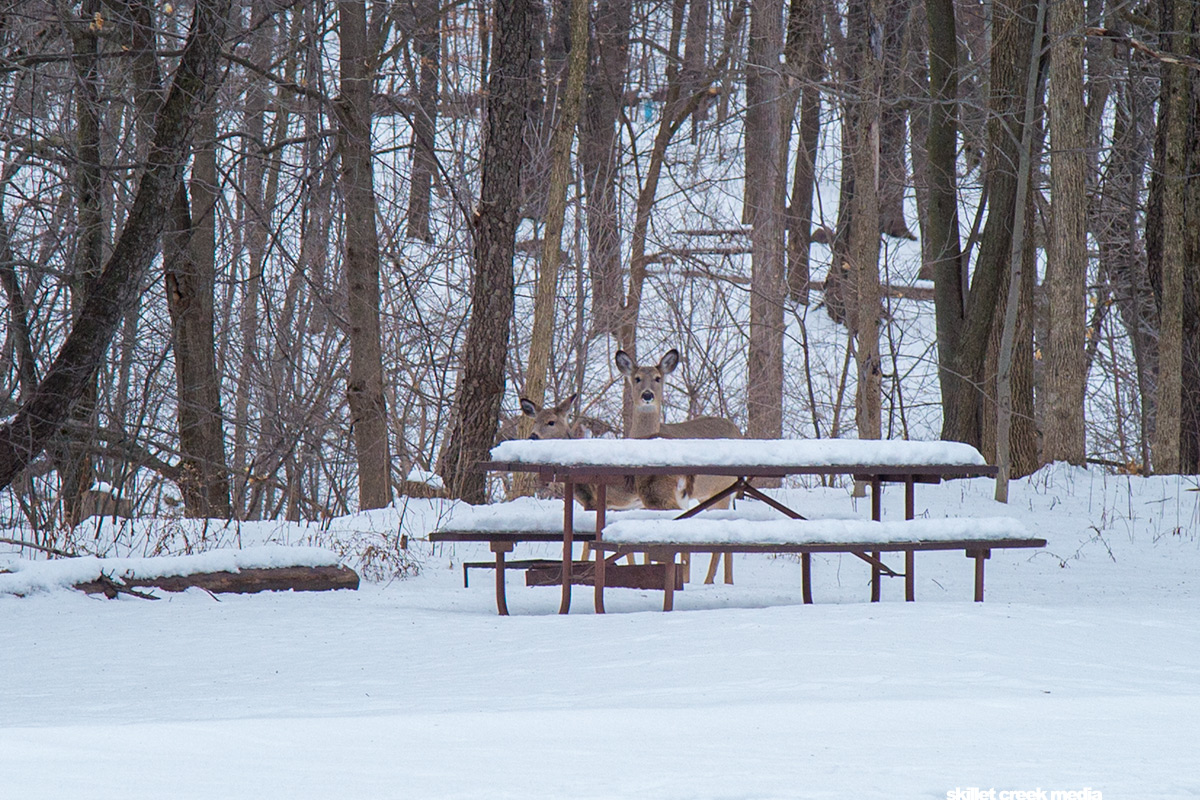
Did you ever wonder or worry about how the deer at Devil’s Lake State Park will stay warm when the winter temperatures outside drop far below zero? Well, for the most part, they’ll be just fine.
Physical Changes
Fat
The first protection our local whitetail deer have is building up fat for winter. Winter will exhaust up to 30% of their body weight, and to survive, they need to build that up before winter. Most deer in fact add about 20% to 30% extra weight to their bodies each fall. Often we think of these extra pounds as the sort of fat we can see as they “bulk up”, but they also build fat as insulation around their internal organs as well.
Unique Hair
Like many animals, deer put on a thicker coat of fur for the winter. That winter coat is awesome because each hair is hollow, trapping air that helps them retain heat! Most articles I’ve read say that their hollow winter coat will keep them comfortable down to -30F! (That’s better than my sleeping bag!) Deer also have oil-producing glands that help make their hair water repellent!
Veins & Arteries
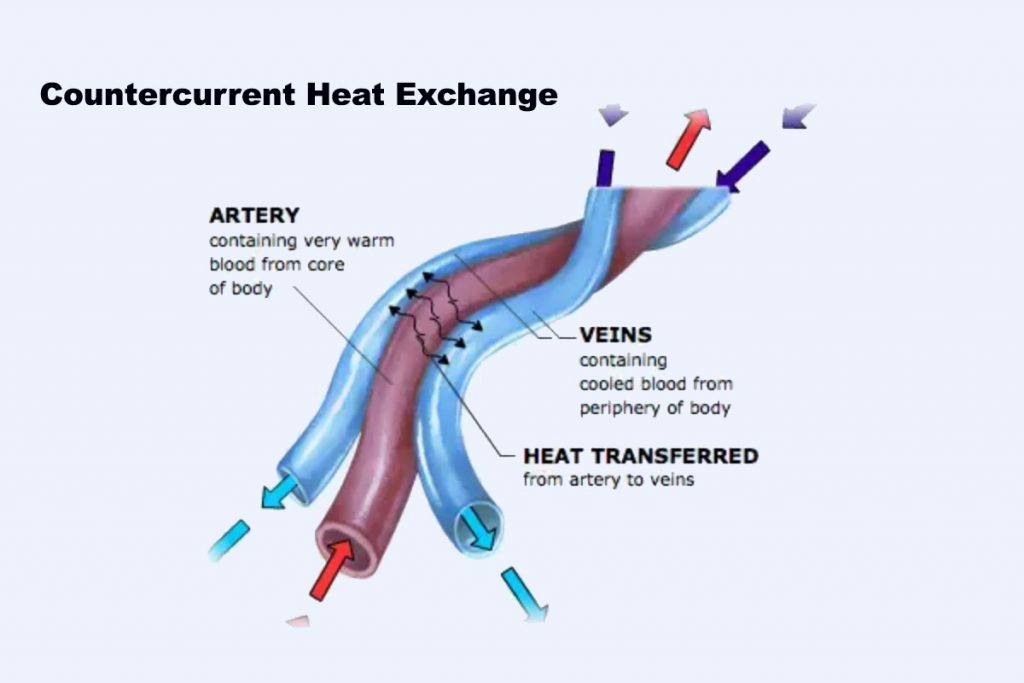
A deer’s arteries and veins are run alongside each other so that the warm blood from the heart in the arteries is keeping the blood flowing back to the heart in the veins warm as well. This “countercurrent exchange” not only keeps them warmer, but it helps to ward off frostbite as well.
Lifestyle Changes
Slowing Down
Just like some of us, deer slow things down as winter approaches. They become much less active, they don’t travel as far, etc., In fact, sometimes they won’t move much for days.
Winter Residence
Since the deer won’t be traveling around as much in the winter, they choose a comfortable winter residence, sometimes called a “deer yard” where they will chill out over the winter, often in large groups. A deer yard is a place protected from harsh winds and deep snow while providing some water and food as well. Studies have shown that deer yards are usually well planned out areas where hills or other landforms block the wind, where streams or wetlands provide water and food choices. Another important feature is a canopy provided by coniforus trees such as cedar, spruce, fir, or hemlock that block the heavy snowfall and provide insulated bedding areas.

Group Living
As I mentioned above the deer often hang out in large groups in their winter spaces. It’s a great way for everyone to help keep an eye out for predators, keep warm, and importantly, save energy. As you know, moving through the snow in the winter is hard work. It’s often easier to move in someone else’s track. Anyone who has to break trail in snowshoes understands! For deer, moving through heavy snow can be difficult to exhausting and can in some cases mean the deer won’t have the energy to survive the winter. As a group, they all work to break trails to common resources such as food and water. Everyone has a better chance of survival.
Do Deer Hate Winter?
Interesting thought. You’d think given how hard it can be to survive winter, deer would just hate it. Thing is, we can’t ask. Sure, they are well equipped to survive those -30 degree nights, but no one can say whether they are comfortable or cursing and just waiting for the sun to warm them up. Maybe we’ll figure that out one day. One thing we do know is that science is revealing that humans have far underestimated animals’ intelligence and self-awareness. Maybe one day in the future we’ll find a way to ask.
References & More Reading
How Do Deer Survive Harsh Winters? – TuftsNow
How Do Deer Stay Warm In Winter – NatureCuriosty
20 Clever Ways That Deer Survive Winter – North American Nature
Living On The Edge – Maine Dpt of Inland Fisheries & Wildlife
Do Animals Know Who They Are – Life Science

For nearly 2 decades the Skillet Creek blog has focused on 3 main goals; To inspire you to visit and explore the Devil’s Lake region, to help you get the most your visit by sharing tips, events, and other helpful information. Lastly to advocate for our environment & wildlife and talk about how we can keep our natural areas amazing now and into the future! That last goal can sometimes cause controversy, but it’s the only way we can accomplish the first two. – Derrick Mayoleth, Owner.
This Post Has 4 Comments
Comments are closed.

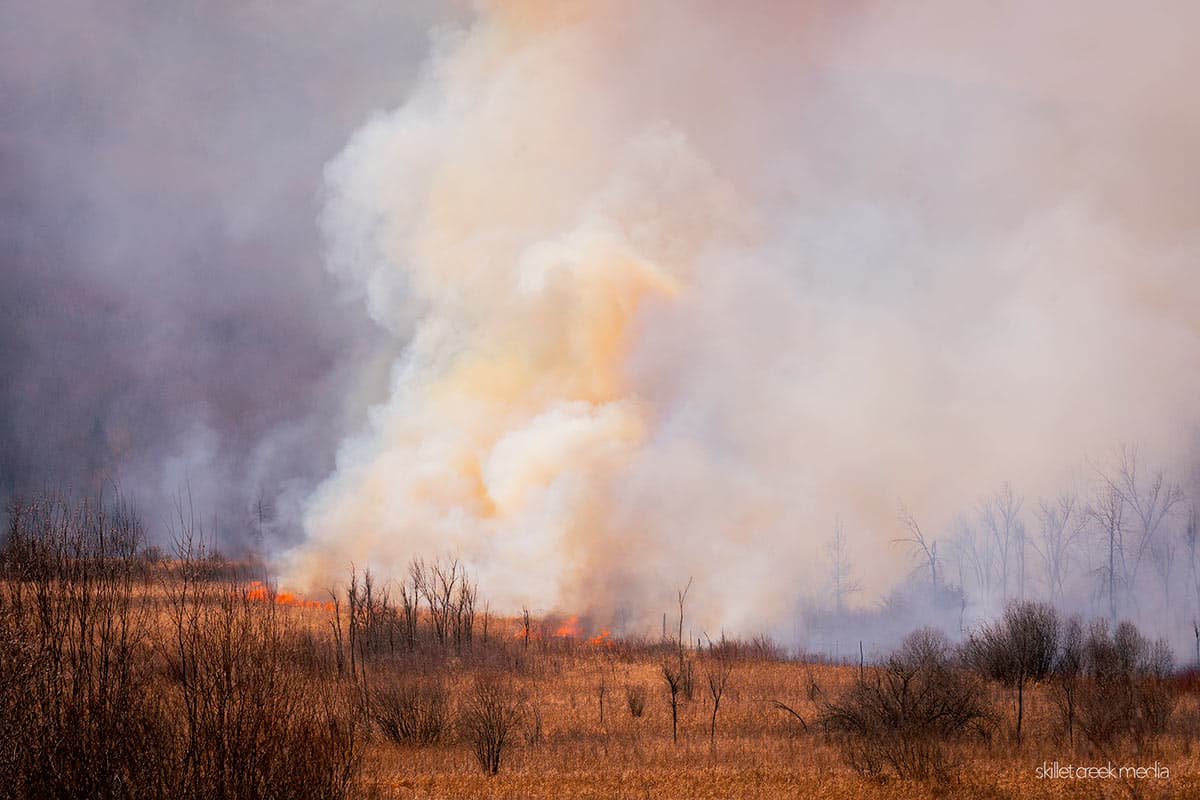
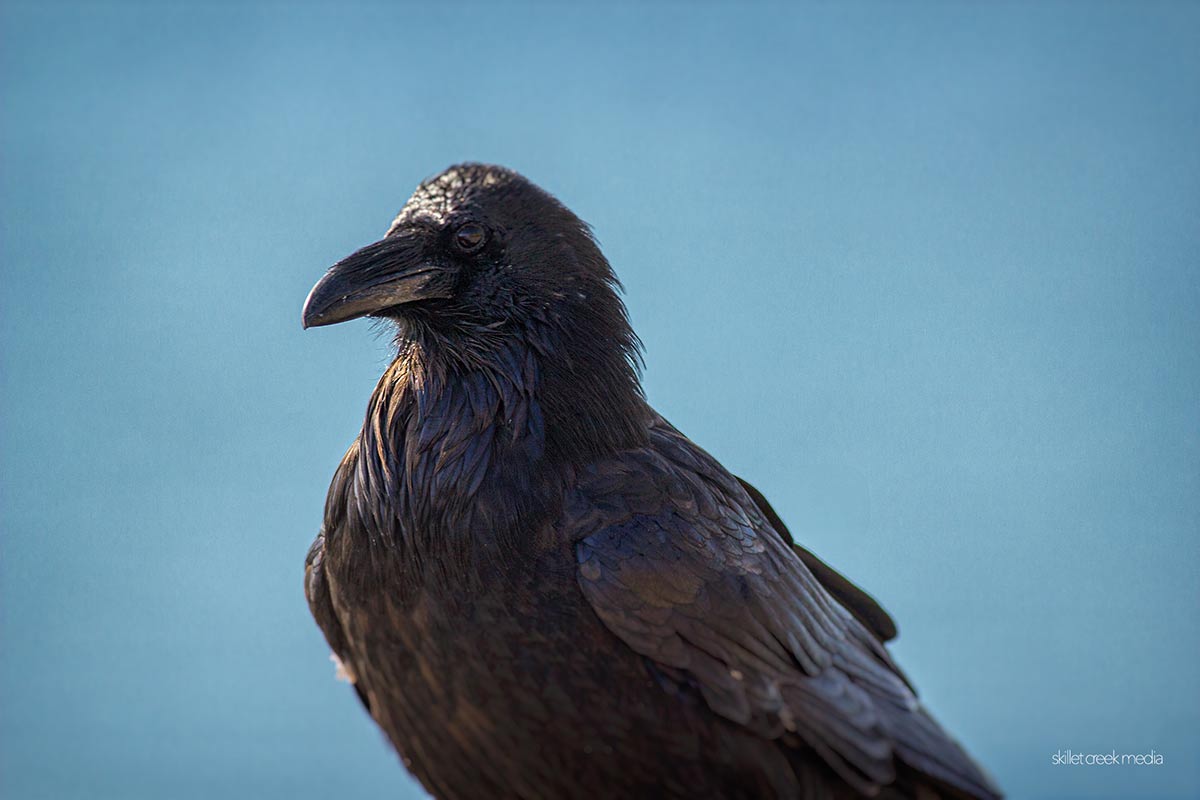
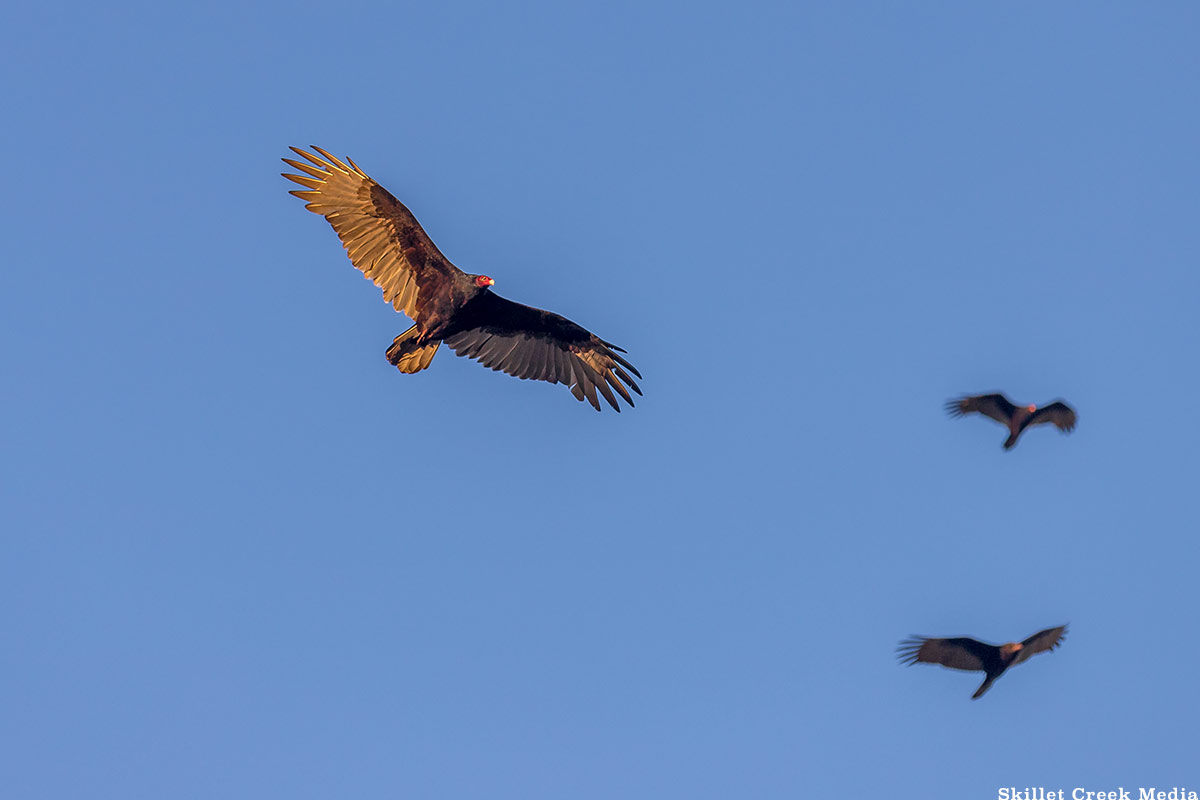
I always wondered how these and other critters can possibly make it through the winter. Great article — thanks!
Thanks Ken!
Derrick; Great article, well written ! I imagine that Deer are no fans of the BRUTAL part of winter but, have the innate ability to rationalize and deal with the harsh elements. I’d like to believe they simply slow down emotionally in winter instead of “dreading” it—just a part of life . I have so much respect and love for them !
Thanks Kurt. I would think they just accept it too.. but I imagine there are a few (Just like us..) that just can’t wait for it to be over!